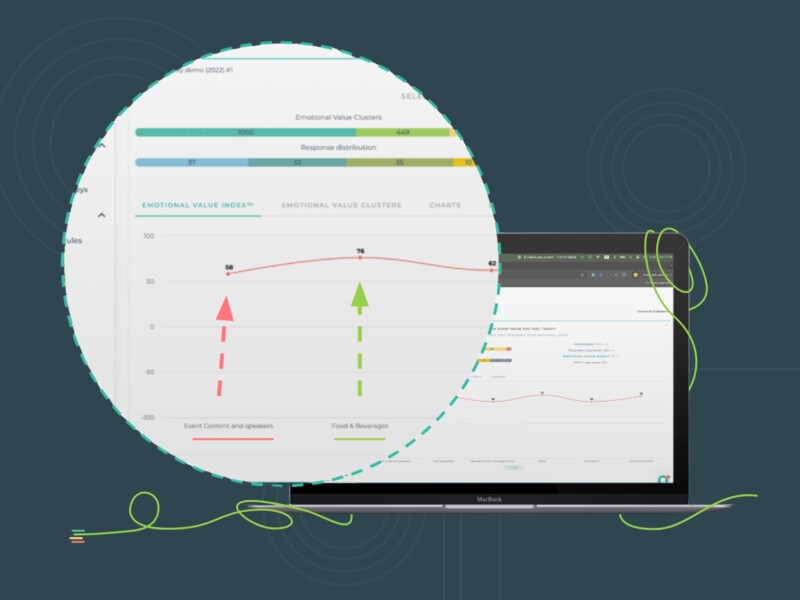Ah, the NPS! The celebrated KPI was considered phenomenal when it first arrived decades ago. You might be familiar with it too.
The Net Promoter Score (NPS) is a metric that helps us assess customers’ likeliness to promote or recommend a brand to others. It asks the customer to rate their answer on a scale of 0-10 and categorize them as promoters, passives, and detractors. It is simple to calculate, requires little input from the customer, and offers a straightforward answer.
Many businesses use this as a fundamental metric to assess customer experience. But, can a single survey question give you all the answers you are looking for?
Relying only on NPS can be misleading. Let us explain in detail. Here’s where NPS falls short of being the gold standard.
NPS only focuses on the ‘willingness’ to recommend
NPS focuses on a specific aspect of customer loyalty; advocacy. It is not enough to understand customer behavior and their engagement level with the brand. It doesn’t necessarily mean that customers are completely happy with the experience. They could have faced many pain points and still recommend the brand considering the product alone.
Moreover, NPS focuses on predictive buyer behavior than the actual behavior itself. A study by Harvard Business Review points out that there could be disparities in what customers claimed they will do and what they actually did. The survey response is an assumption of the customer. A customer can say they will recommend and not change their mind later for different reasons.
NPS lacks the measurement of feedback
While NPS surveys can have open-ended questions for customers to validate their answers, they are not sufficient to provide an in-depth idea of the issue. The survey results will tell you whether your customers are advocates or not, but it will not pinpoint the problem. Remember that not all customers write lengthy explanations!
NPS fails to account for the positive or negative oral feedback provided by customers on the product, customer service, employee engagement, and other factors that affect customer experience. But, if a business is serious about improving customer experience, these aspects are important. So, look beyond and utilize other metrics to complement your evaluation.
NPS is not a metric of customer experience
NPS doesn’t capture all the phases of the customer journey and only focuses on the post-purchase phase. It is only suitable to measure customer loyalty. You will only get a skewed idea if you rely solely on NPS for customer experience, as it’s difficult to study the pre-purchase and purchase stages through them.
It is also important to note that NPS only considers your current customers. Understanding CX from the point of view of potential customers is equally important to leverage your business strategy. Emotional Experience (EVI®) is a metric that can be applied to any stage or touchpoint and is ideal to obtain a holistic idea of CX.
NPS doesn’t look at emotions in the customer journey
Customers can deal with different emotions during the customer journey, especially if there are pitfalls in the service. They are strong determinants of customer satisfaction and loyalty. NPS doesn’t tap into it. We don’t know what thoughts aroused the customers at different phases in the overall experience.
However, if NPS can be paired with Emotional Experience (EVI®), it will give you a near-accurate idea of the customer’s inclination to recommend your product. For example, customers who feel joyful are more likely to be advocates, while frustrated or angry customers are more likely to become detractors.
Is NPS still useful?
Absolutely. NPS is a very valuable metric when used at the right place and time. It helps you assess how word-of-mouth can affect your business while identifying your loyal client base. NPS is applied in the advocacy phase of the customer journey. A positive score is an implication that you have free advocates to promote the business. Read our guide on CX KPIs to understand how to benefit from NPS.
Many businesses use NPS as the sole metric for measuring customer experience, and that can lead to skewed assumptions and wrong decisions. Using NPS along with other KPIs like Emotional Experience, Customer Effort Score, and C-SAT can help businesses understand the context better, build accurate correlations, and make better decisions to offer a better customer experience.




